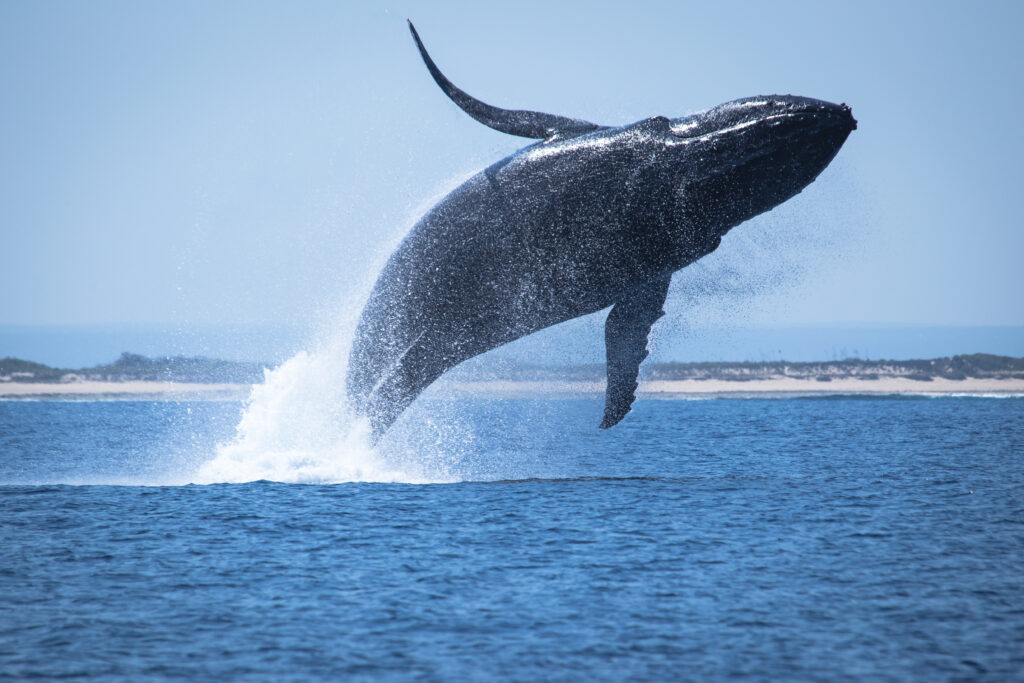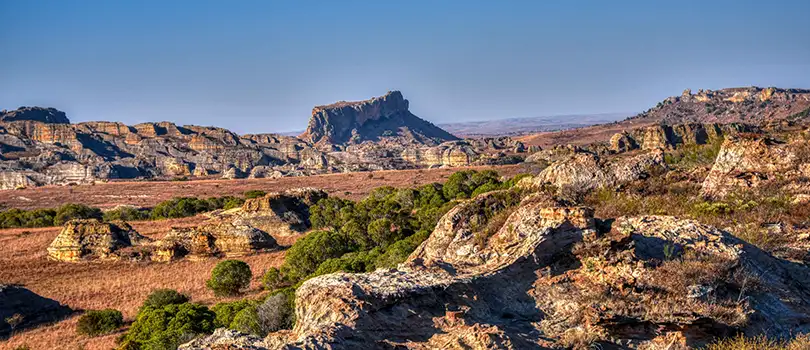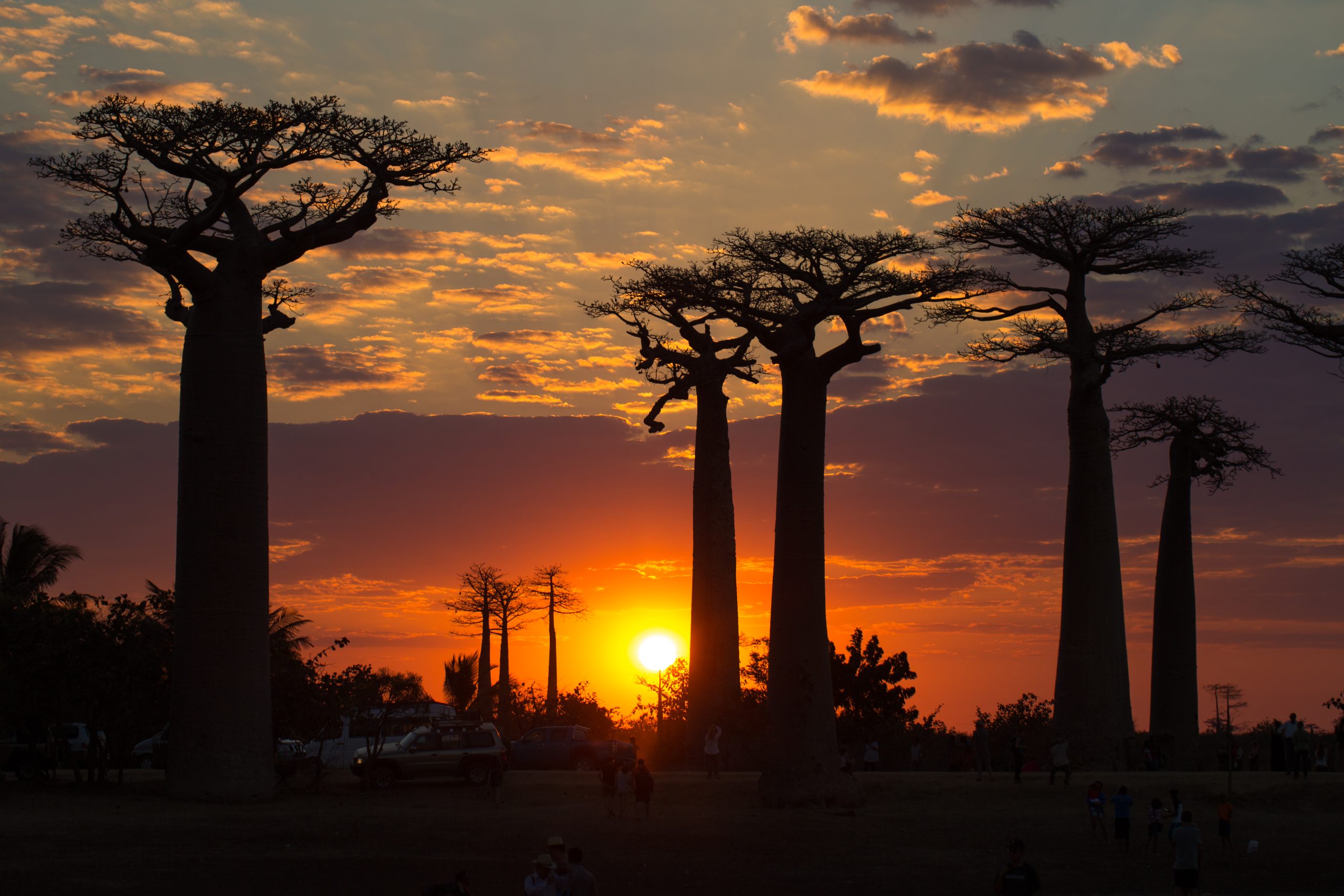Madagascar is a haven for marine enthusiasts, with its turquoise waters, vibrant coral reefs, and extraordinary marine biodiversity. While the island is often celebrated for its lemurs and baobabs, its underwater world remains one of the Indian Ocean’s best-kept secrets. From unspoiled coral reefs to encounters with whale sharks, Madagascar’s coastlines offer snorkeling and diving experiences that rival the most famous marine destinations—without the crowds.
In this guide, we’ll explore Madagascar’s lesser-known marine ecosystems, the unique wildlife you can encounter, and pristine diving locations that promise unforgettable adventures.
Why Madagascar’s Marine Ecosystems Are Special
Madagascar’s waters are home to some of the richest marine biodiversity in the world. With coral reefs teeming with life, rare marine species, and habitats ranging from mangroves to seagrass beds, the island’s coastal ecosystems are vital both for wildlife and local communities.
Unique Marine Wildlife
- Whale Sharks: The world’s largest fish migrates seasonally near Madagascar’s shores, offering rare opportunities for snorkeling encounters.
- Humpback Whales: From June to September, these majestic creatures migrate to Madagascar’s warm waters to breed and calve.
- Endemic Species: Madagascar’s marine life includes species found nowhere else, such as certain reef fish and rare corals.
- Sea Turtles: Green, hawksbill, and loggerhead turtles nest on Madagascar’s beaches and forage in its waters.
Top Snorkeling and Diving Locations in Madagascar

1. Nosy Be and Surrounding Islands
Nosy Be is Madagascar’s most popular marine destination, known for its crystal-clear waters and abundant sea life.
- Highlights:
- Snorkel with whale sharks from October to December.
- Dive at Nosy Tanikely Marine Reserve, where vibrant coral reefs host reef sharks, rays, and turtles.
- Visit Nosy Komba for snorkeling in calm waters with a backdrop of volcanic landscapes.
- Skill Level: Suitable for beginners and experienced divers.
Travel Tip: Plan your trip during the whale shark migration for an unforgettable experience.

2. Île Sainte-Marie (Nosy Boraha)
This idyllic island on Madagascar’s eastern coast offers serene diving and snorkeling spots with fewer crowds.
- Highlights:
- Snorkel alongside humpback whales during their migration season (June–September).
- Explore coral gardens and shipwrecks that teem with fish and marine invertebrates.
- Skill Level: Beginner-friendly snorkeling and advanced wreck diving options.
Travel Tip: Book a guided whale-watching tour to maximize your chances of spotting these gentle giants.
3. Toliara and Anakao
The southwest coast of Madagascar is a hidden gem for divers seeking untouched marine ecosystems.
- Highlights:
- Dive the Great Reef of Toliara, Madagascar’s largest barrier reef, home to a dazzling array of fish and corals.
- Visit Anakao for snorkeling in calm lagoons and spotting dolphins.
- Explore Nosy Ve Island, known for its pristine waters and red-tailed tropic birds.
- Skill Level: Suitable for intermediate to advanced divers due to occasional strong currents.
Travel Tip: Stay in eco-lodges that support marine conservation for an enriching experience.

Discover Madagascar with Dadamanga
4. Masoala Peninsula
The Masoala Peninsula, located in northeastern Madagascar, offers a unique combination of rainforest and marine adventures.
- Highlights:
- Snorkel in Tampolo Marine Reserve, where coral reefs meet dense coastal rainforests.
- Encounter reef fish, octopuses, and seahorses in calm, shallow waters.
- Spot dolphins and whales in the Bay of Antongil.
- Skill Level: Ideal for snorkelers and divers seeking remote, pristine environments.
Travel Tip: Combine your marine exploration with a trek in Masoala National Park for a holistic nature experience.

5. Nosy Sakatia
Known as the “Island of Orchids,” Nosy Sakatia offers tranquil snorkeling and diving experiences just a short boat ride from Nosy Be.
- Highlights:
- Swim alongside green sea turtles in their natural habitat.
- Explore coral gardens teeming with vibrant fish and invertebrates.
- Skill Level: Beginner-friendly, with shallow snorkeling spots.
Travel Tip: Visit early in the morning for the best chances of spotting sea turtles.

Discover the Legends of Madagascar…
When to Go: The best time of year to go diving in Madagascar
- Whale Shark Season: October to December near Nosy Be.
- Humpback Whale Migration: June to September along the eastern and northern coasts.
- Best Diving Conditions: May to November, during Madagascar’s dry season, when visibility is at its peak and seas are calm.
Tips for a Safe and Sustainable Diving Adventure
- Hire Local Guides: Local dive operators and guides know the best spots and ensure your experience is safe and enriching.
- Use Reef-Safe Sunscreen: Protect Madagascar’s coral reefs by using sunscreen free of harmful chemicals.
- Respect Marine Life:
- Avoid touching corals or wildlife.
- Maintain a safe distance from animals like sea turtles and whale sharks.
- Choose Eco-Friendly Operators: Select operators that prioritize conservation and support local communities.
- Stay Hydrated and Protected: Bring plenty of water and wear UV-protective clothing to avoid dehydration and sunburn.
Why Madagascar’s Marine Marvels Are Unmissable
Madagascar’s underwater world is as captivating as its land-based wonders. Its pristine reefs, rare marine species, and uncrowded dive sites offer a sense of discovery and adventure that few other destinations can match.
Whether you’re snorkeling with sea turtles, diving into coral gardens, or marveling at humpback whales, Madagascar’s marine ecosystems promise an unforgettable journey beneath the waves. By exploring responsibly, you can help protect these natural treasures while creating memories that will last a lifetime.
Banner photo by Oleksandr Sushko on Unsplash.


